It is clear for everybody to see that, when it comes to women’s football, the USA are head and shoulders above the rest.
While we haven’t seen the best of the States in this year’s World Cup, the knockout rounds is the time where their superlative mentality kicks in.
By no means will Sweden be an easy challenge, but this character that the Americans have curated themselves has made them the final boss for anyone who wants to take their crown.
It does beg the question, can anyone in world football even come close to replicating and emulating what the Stars and Stripes have done?
Richard Gunney made a name for himself in Wales by being a predominant Futsal coach, a role that took him all over the world.
He also had a stint as in charge of the player development programme for Fulham’s women’s side, bringing through talents like Drew Spence and European Championship winner Fran Kirby.
But in 2017, Gunney was invited by former Netherlands manager, Mark Parsons, to come and join him in Portland to coach the Portland Thorns.
The step up going from Fulham to an NWSL side is a daunting one, but instantly, Gunney saw and understood what made women’s football in the US so unique.
“Football is the number one sport played by females. Of course, they do other sports, but football is the number one sport for young girls growing up. There’s a huge number of players that play it, so the base is big and there’s a large talent pool to choose from.
“Then there’s a really good structure in place. It’s so competitive, and everything is interlinked and intertwined. There’s good opportunities to go to college and get your degree fully funded while training everyday like a professional athlete in top facilities.
“There’s this massive base of players, there’s a clear path you can strive towards, and then you go to the national team.
“So, it’s all so competitive from when you try and go to college all the way up to the national team and that’s why they are the best team in the world. Even if you make the national team, it’s so hard to stay there.
“Even though football is so well established in Europe, on the women’s side, it’s just structured so differently in the US, and they are reaping the benefits of it.”
This is Gunney’s sixth season in the NWSL, and having been part of Portland Thorns and San Diego Wave, his home is now in New Jersey working with Gotham FC.
While he has fully integrated himself into the Americana soccer culture, he still has a keen eye on football in Wales, especially as his niece plays in the Adran Premier.
“She’s 19 and plays for Pontypridd United, and I’ve seen her journey. She played grassroots from the age of eight, coached by her father, and they trained once maybe twice a week, play a game, and then not play for eleven weeks because of the weather.”
The Adran Premier is a growing league, and this upcoming season promises to be one of the most exciting in many years.
Yet, when contrasting his niece’s journey to one an American player of her age experiences, it really is a matter of night and day.
“You compare her journey to what players go through in the US. In Wales, there’s a big drop-off in participation from the ages of 14 to about 19.
“School finishes at 16 and you can choose to stay on, and so there’s a shift in sporting activities.
“In America, they’re training four or five times a week and play a game once or twice a week. There’s no drop-off around 14.
“Their schooling system is mandatory until the age of 18 and then they can go off to college. High school sport in particular is huge in America. So, players play for their club and compete against ultra-competitive high school teams.
“The volume of football and sport they play is huge and they are effectively becoming an athlete, and they want to carry on that journey into college.
“It’s not a case to say it’s the right or wrong way of doing it, it’s more about the environment being so different and you can see what they produce from it.”
With such a competitive model that keeps breeding through wonderkid after wonderkid, it’s hard to see how any nation can even come close to what the States are doing.
While admitting it is difficult, Gunney believes each nation needs to believe it’s possible and think of different ways to get the same results.
“I feel like you have to believe that it is possible to replicate it. It’s about finding the right balance for your nation.
“You look in Wales and I think the FAW have put more money into the women’s game and advertise and market the opportunities to watch Wales play in the Cardiff City Stadium.
“The increase in attendances shows there are opportunities to do more. Funding is just so key however, and for Wales, it’s a question of how you can maximise that funding to its full potential, and it’s extremely difficult.
“By no means do I think I have the answers on how to solve it. It’s about people working together to try and do what’s best for the dynamic, which is challenging.”
For all the funding and clever advertising campaigns the FAW can put together, the biggest kickstart for Welsh women’s football is qualifying for a major tournament.
An appearance in the European Championships or World Cup will cause one of the biggest domino effects for Welsh football and will put Wales on such a bigger trajectory.
“It would make everything more visible. The coverage of the World Cup or Euros would bring so much more of an audience.
“You inspire the next generation, and you slowly bring them into the system and the culture of women’s football.
“You want that pipeline of players and increase participation. There’s a lot going on at grassroots level to make football the number one most participated sport for girls.
“The more success the national team has, it only helps the pipeline continue.”


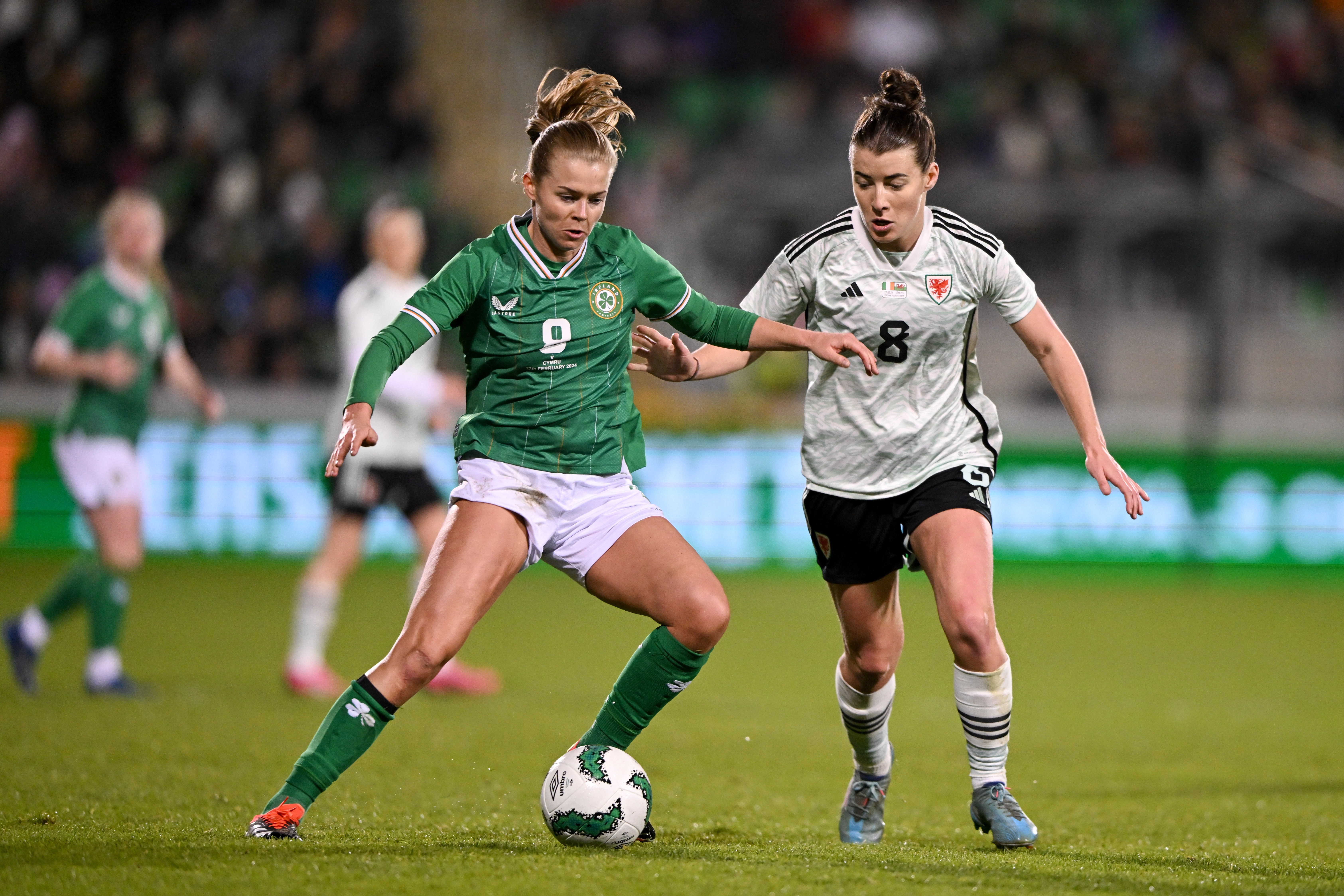

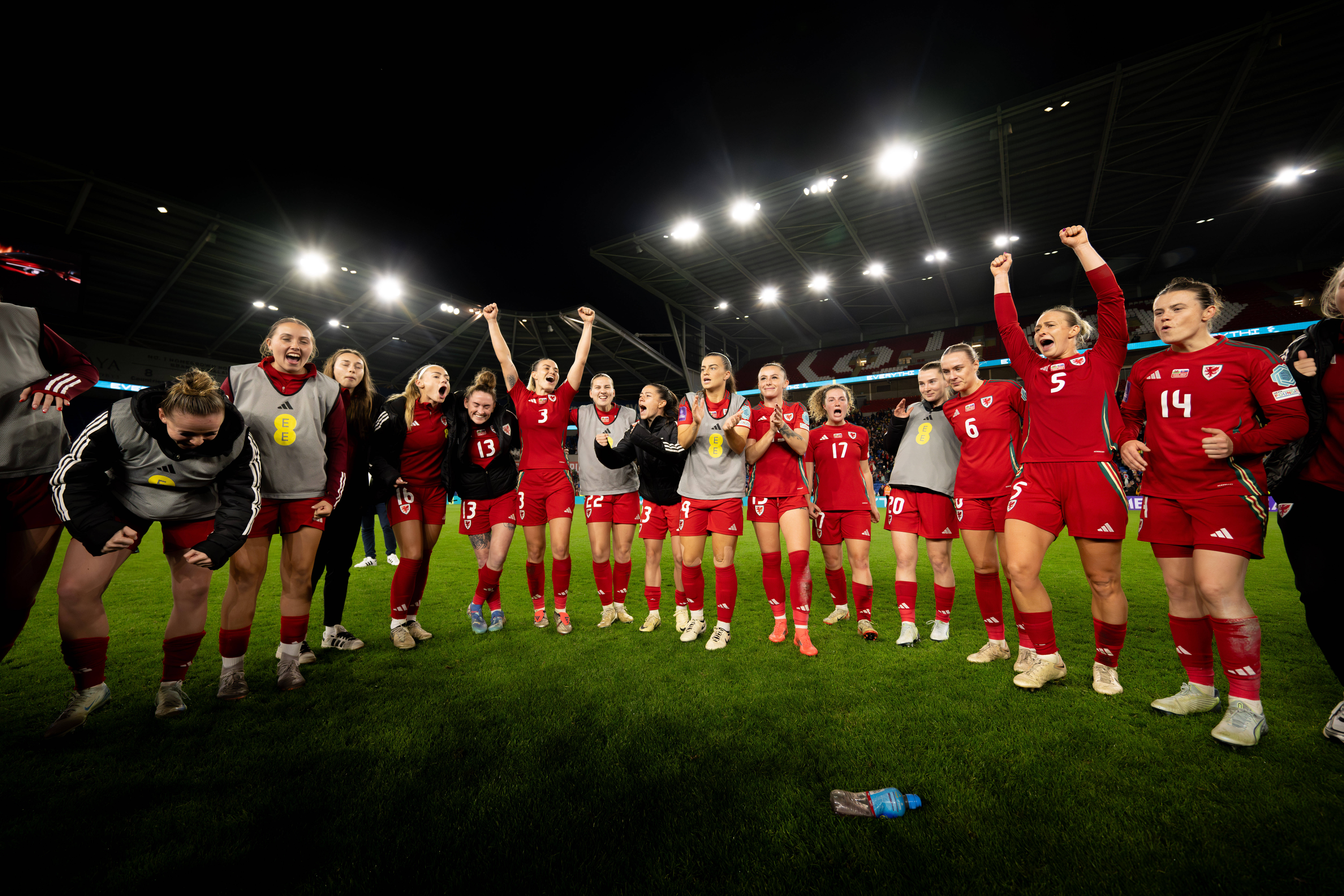
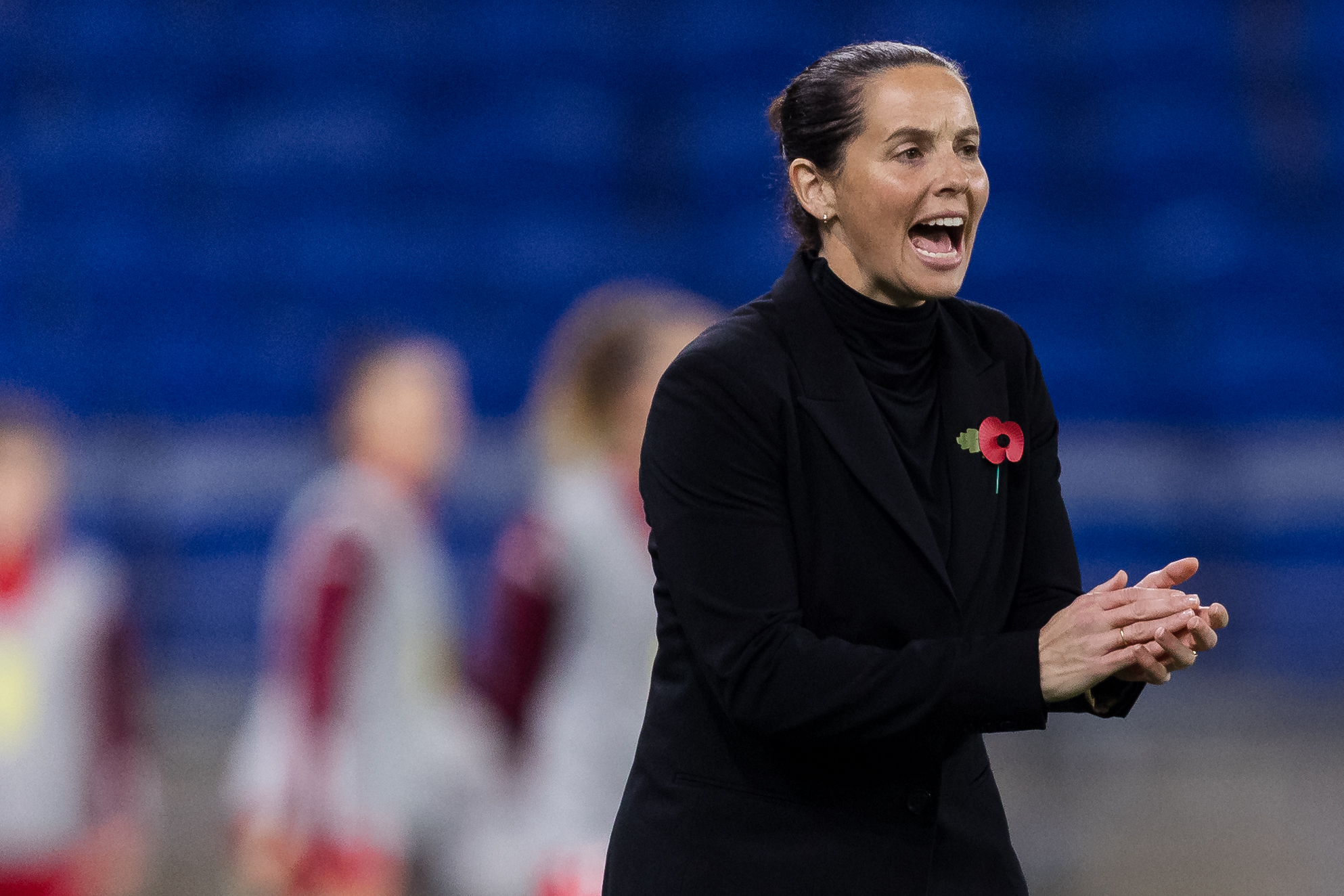

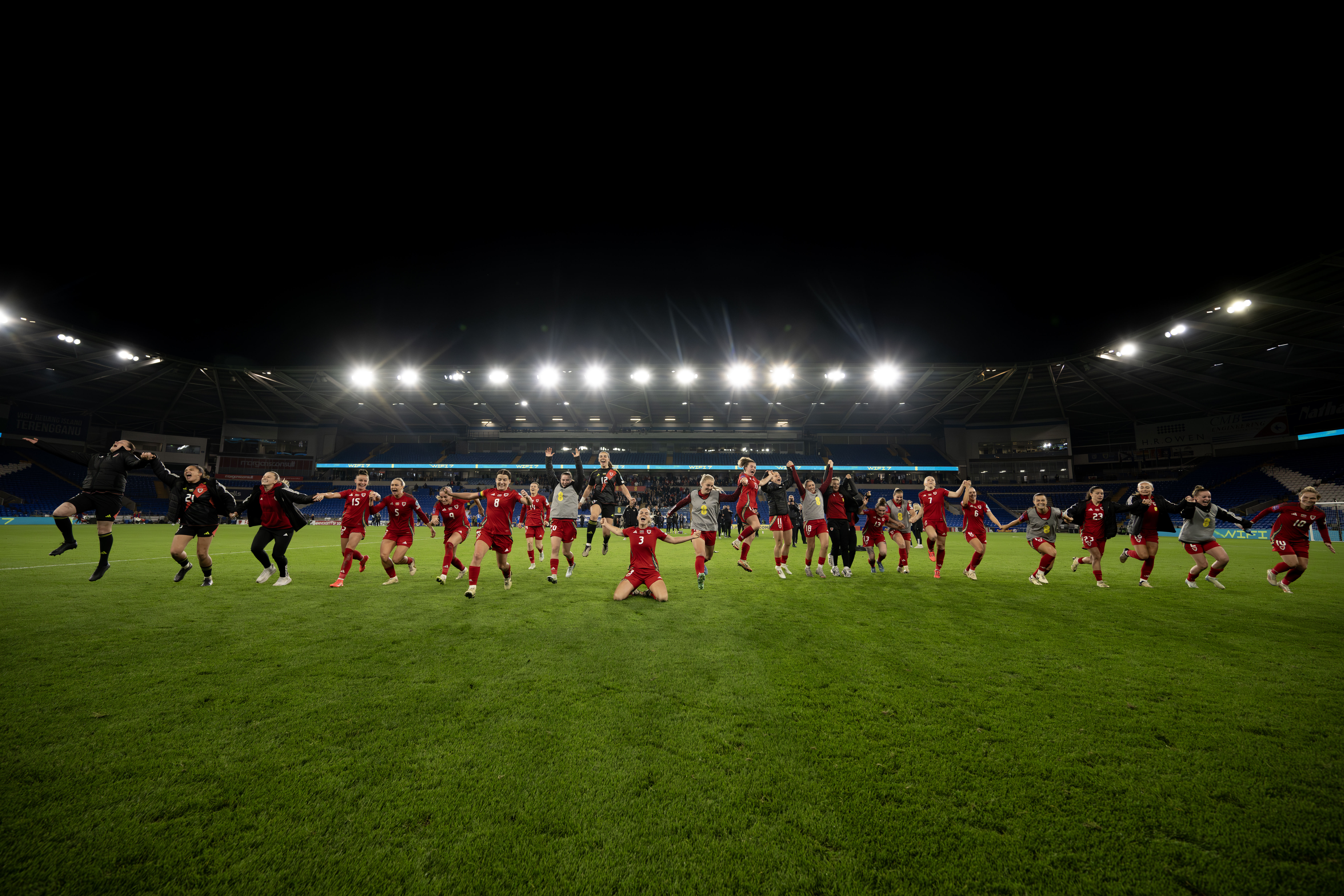



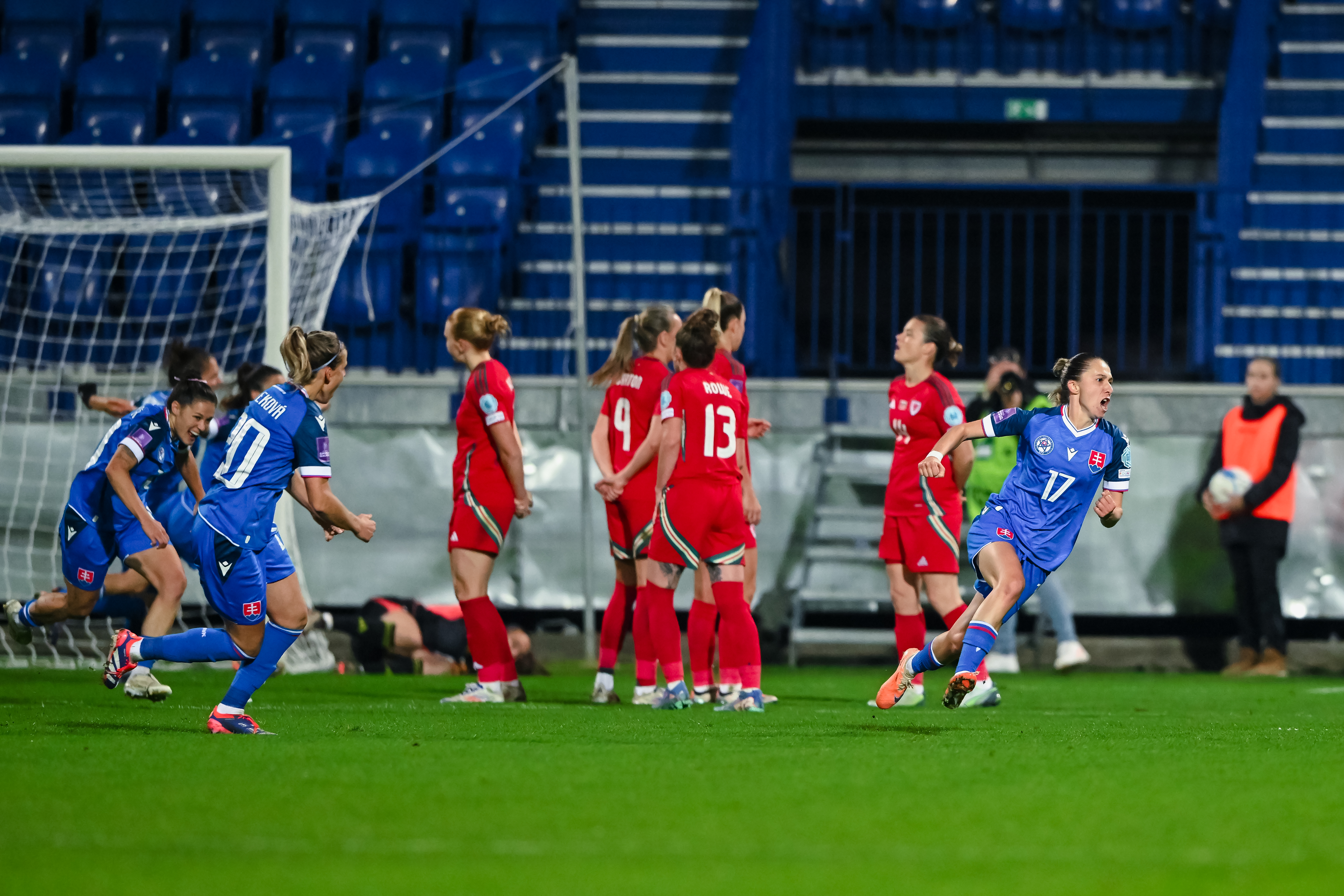

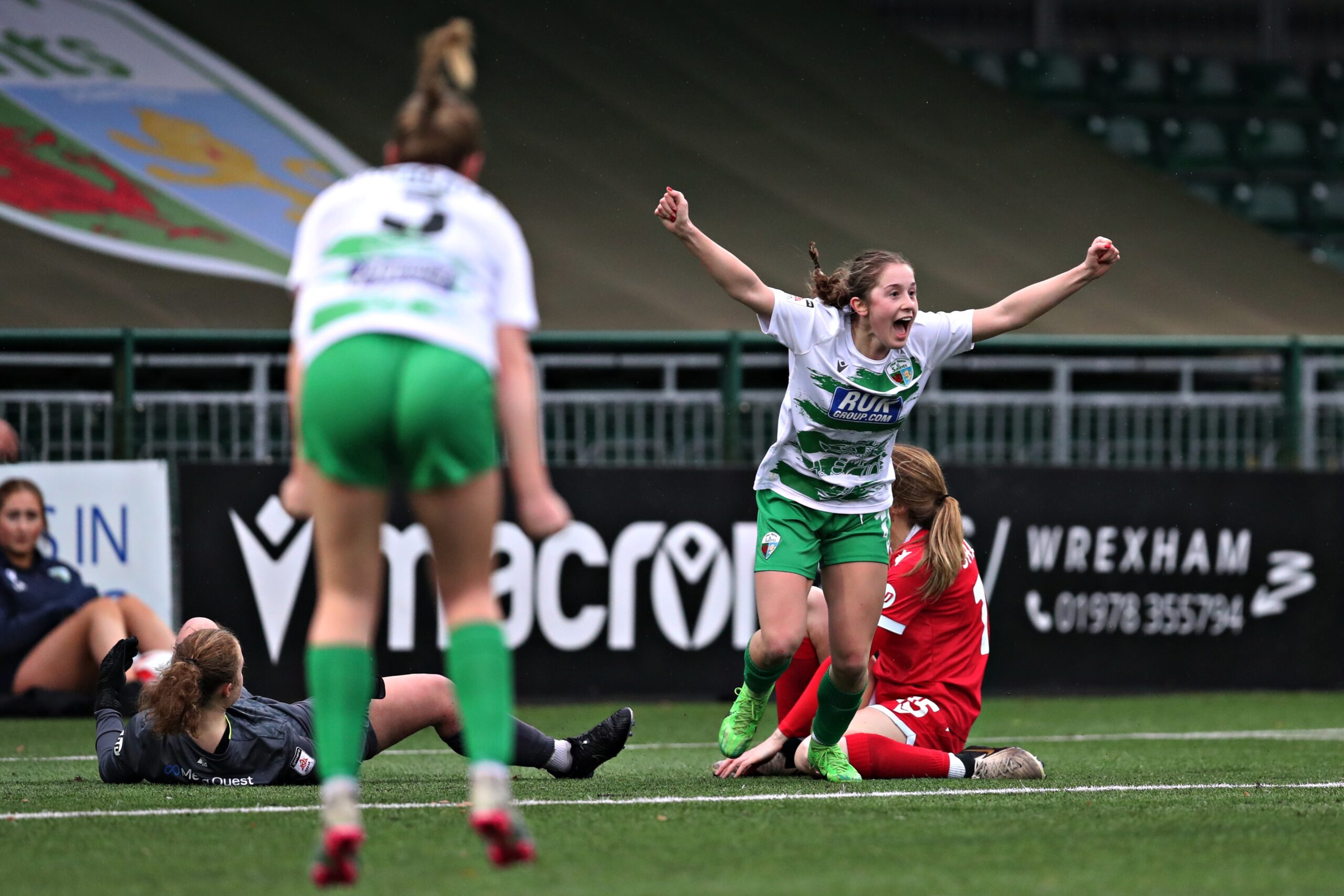
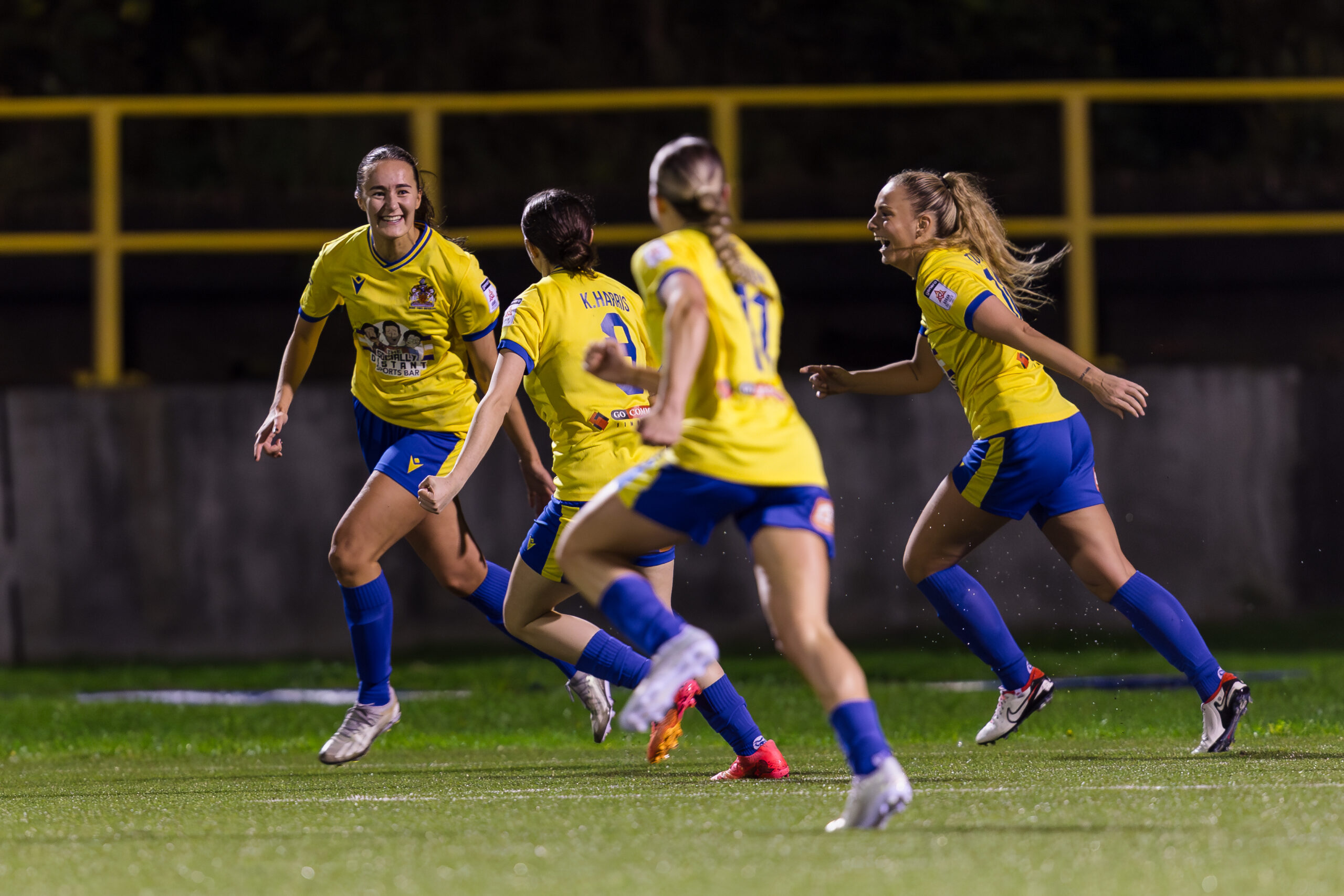
Leave a Reply